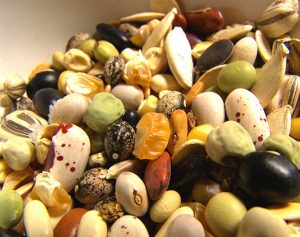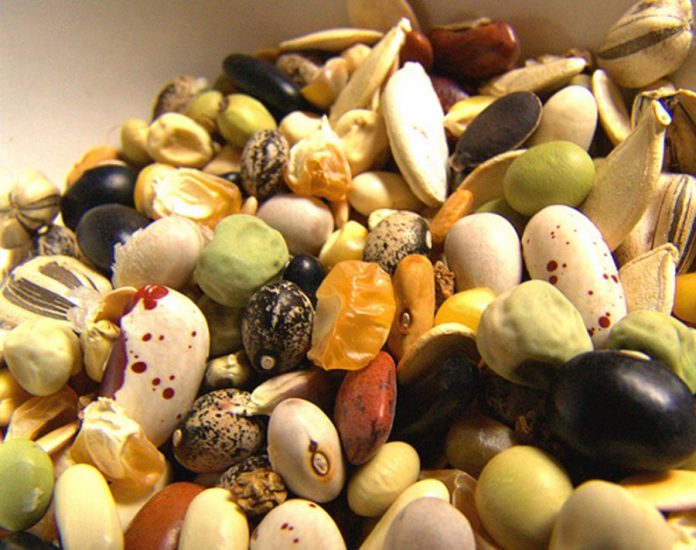 The geographic area from which plant seeds are collected, or cuttings taken, is called their provenance. Provenance is important, because new plants of the same species may not behave the same way under reasonably like-conditions in unlike locations.
The geographic area from which plant seeds are collected, or cuttings taken, is called their provenance. Provenance is important, because new plants of the same species may not behave the same way under reasonably like-conditions in unlike locations.
For example, a single variety of oak tree may grow happily all over the stretch of country between Bemidji, Minn., and Fort Lauderdale, Fla. The seedlings from Bemidji, however, may not fare well in the woods near Fort Lauderdale, because they require more annual cooling hours (aka winter weather) to leaf-out than the same variety of seedlings concocted in south Florida. Conversely, the Florida seedlings might not care for the long Bemidji winter.
The number of cooling-hours species require each year is something Texas gardeners must discover when choosing peach trees. Plants successfully grown at nurseries in your locale have the best chance of maturing on your property, because their provenance has a lot to do with their hardiness and ability to grow.
Before you buy from a big-box store nursery, check the identification tag tied to the stock you’re considering. If a plant you bought last year came to southern Denton County from a nursery in Schenectady, New York that might explain why it didn’t survive being transplanted.
If you collect fallen seeds, here are a few hints that might improve your germination efforts.
Nature packs a certain amount of water into every new seed so it can survive until planting. Cool, dark storage slows water evaporation. Refrigerators and freezers are a seed collector’s two-fers. Not only do these appliances help moisture retention, they slow or stop disease and insect attacks.
As a rule, sound seeds will SINK in a bowl of water, while dead seeds will FLOAT on the surface. This is not a foolproof trick, so a backup plan to check a fistful of old seeds, is to cut one open to find out if the tissue inside is still white and fresh.
This isn’t foolproof either, of course. I tossed a package of unchecked, 10-year-old, heat-abused cucumber seeds into a couple of mounds– between the blueberries– one year and, dang, if they didn’t give me a bumper crop that were in high demand for good eating.
Many seeds have impermeable hard coats that have to be scratched so water can enter to initiate germination. In particular, I am thinking of the black seeds from those gorgeous Red Yucca (hesperaloe parvifolia) plants that thrive in common-area gardens around the Lantana subdivision.
I collected and opened a couple of pods, scraped the edge of the seeds on my concrete patio, soaked them in a bowl of water, then planted in a shallow pot. During the next month, everything germinated. I transplanted and nourished them with great success.
Be aware that Red Yuccas grow for about 5- or 6-years before they produce the first stem of those dramatic hot coral and yellow trumpet-shaped flowers, but the sweet horticultural victory is worth the wait and nurturing.






 GIF.gif)










